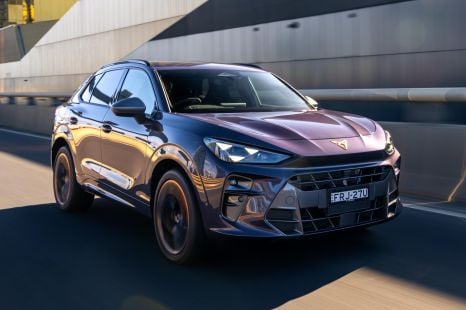

James Wong
2025 Cupra Terramar VZ review
5 Days Ago

Contributor
Toyota’s seemingly bulletproof 2JZ engine is perhaps the cornerstone of the legendary Supra’s appeal. Although the car certainly had beautiful, timeless styling and a fit and finish rivalling cars well above the Supra’s price point – the 2JZ engine has always been the biggest draw card.
But what exactly is it about the Supra’s power plant that makes it that good?
As you might expect, what it boils down to is the engineers behind the vaunted engine did their homework and got just about everything right during the design phase.
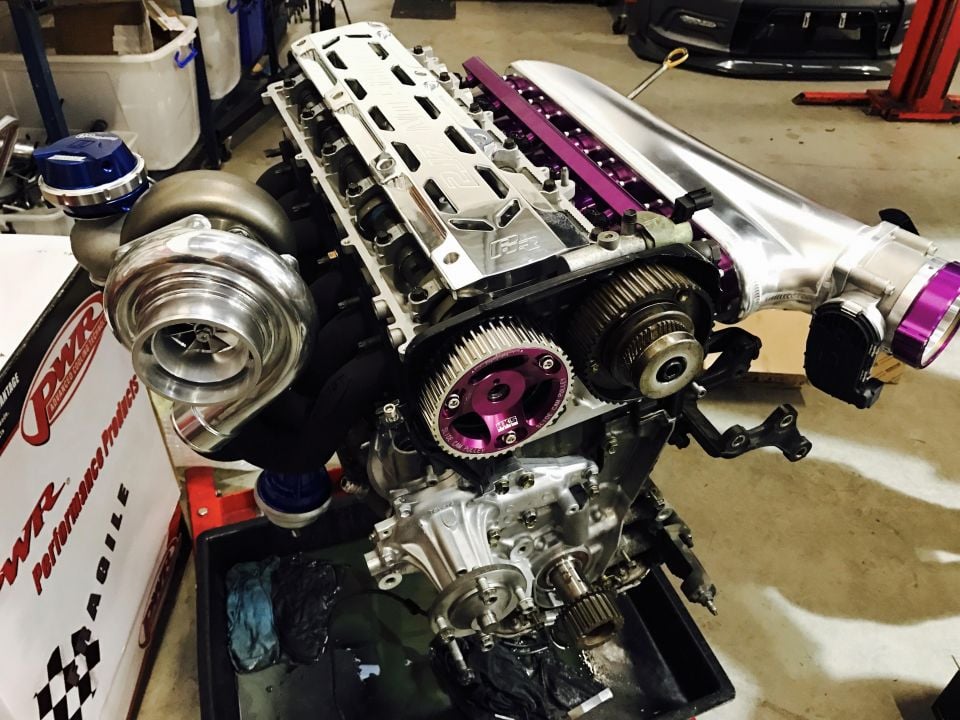
When you can take a humble 3.0-litre six-cylinder engine, leave the bottom end completely untouched and crank out over 1,000 horsepower with nothing more than a turbo and some big injectors, you know you’re working with a absolute beast of an engine.

I doubt that even Toyota’s engineers back in the early ’90s would have expected to see 1000+hp figures being thrown around as if it were commonplace. When you consider these engines have already been subjected to nearly 30 years of abuse, it makes these figures even more amazing.
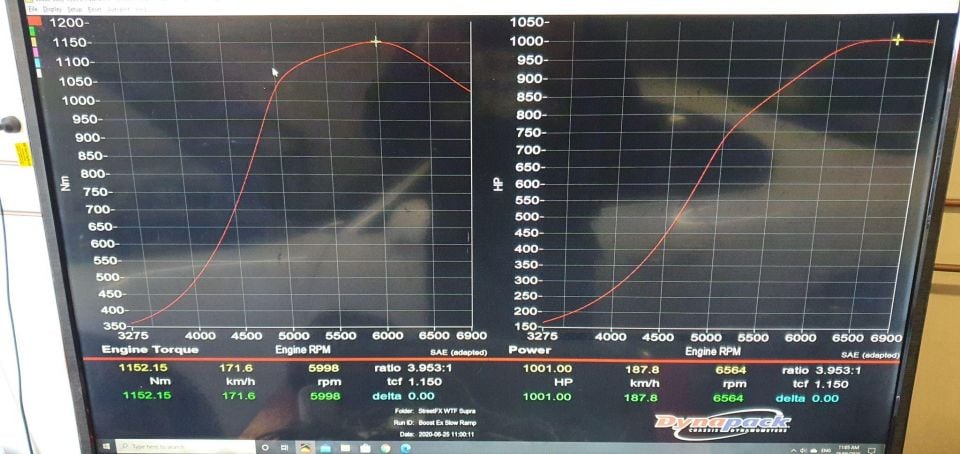
So which factors exactly make the 2JZ such a beast? TunerTestDrive dove into that exact question and came up with a few factors that contribute to the engine’s insane power potential.
The most notable factor is the anchor of the engine itself, the block. While many automakers have switched to aluminum engines, that wasn’t really a widespread option back in the 90’s, so the 2JZ’s iron block is not only a stronger material to start with, the closed-deck design gives the block even more rigidity under huge boost levels.
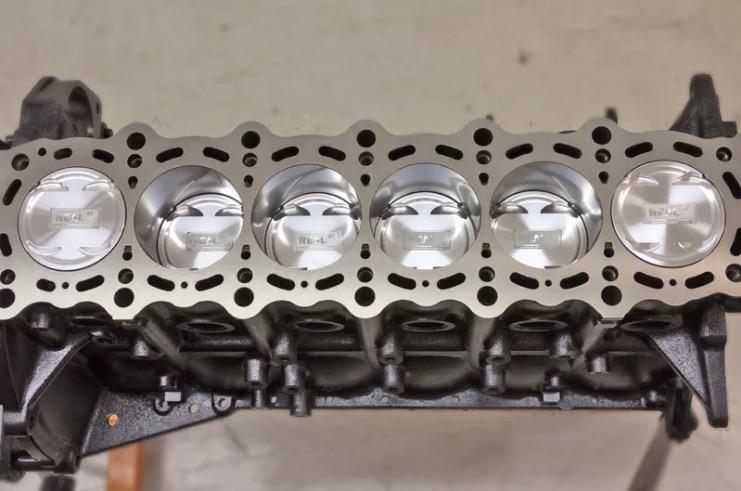
The inline six design is more balanced than the more common v-style engines, and the block features 7 main caps, which keep the crank secured inside the block under heavy boost as well. Another factor that helps keep the legend alive is the zero-interference design. This means if the timing belt breaks, it doesn’t slam the valves into the tops of the pistons and destroy the head or the pistons. This may be one of the reasons that there are still a lot of 2JZ’s going strong even after what could have been a catastrophic failure for a lesser engine.
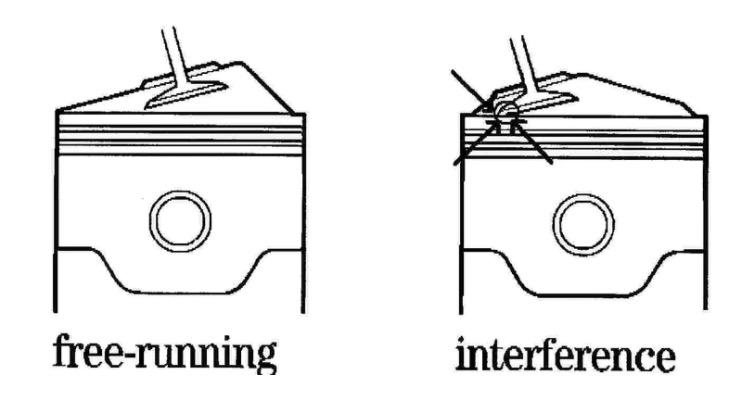
The iron block, closed deck, inline six design was built to handle enormous power in its stock form. 700hp to 800hp can be supported with just a single turbo conversion, upgraded fuel and tuning.
With the help of the huge aftermarket support, the 2JZ engine found most notably in the Toyota Supra twin-turbo can meet almost any horsepower goal. A 1000hp Toyota Supra is now basically the norm. Unless you have over 1200hp though, people will probably barely bat an eye. Ridiculous!
Want to know more? Check out Motive Garage’s engine tear down and analysis of the mighty 2JZ versus Nissan’s RB30:


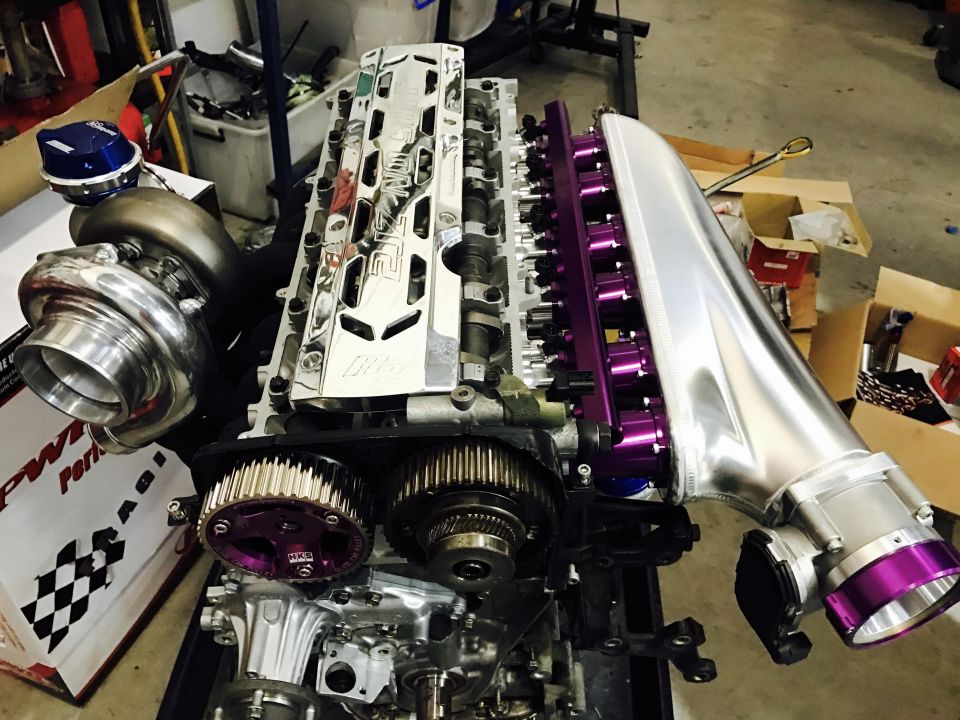

CarExpert helps new car buyers save thousands with expert reviews, honest advice, and transparent pricing – no dealer pressure and no sales games.
Mark Trueno is a CarExpert Contributor.


James Wong
5 Days Ago


Max Davies
4 Days Ago
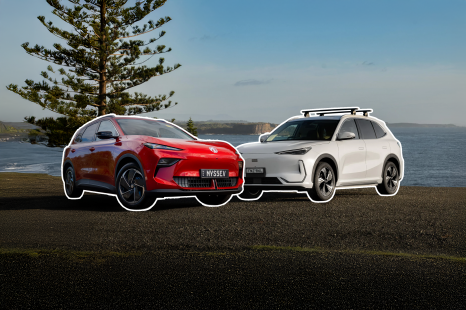

Andrew Maclean
3 Days Ago


Max Davies
2 Days Ago
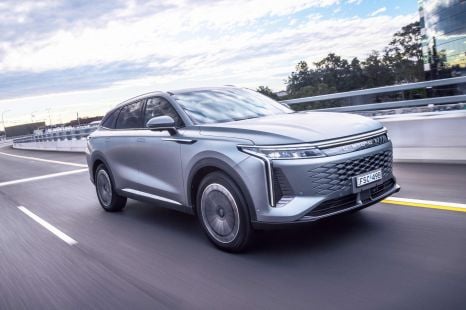

Damion Smy
21 Hours Ago
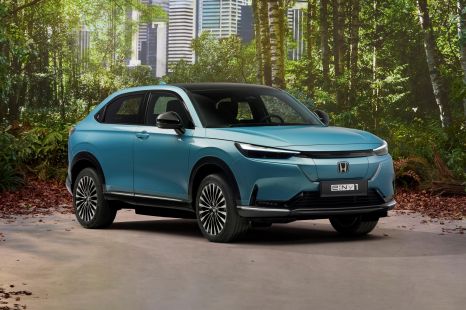

Damion Smy
18 Hours Ago